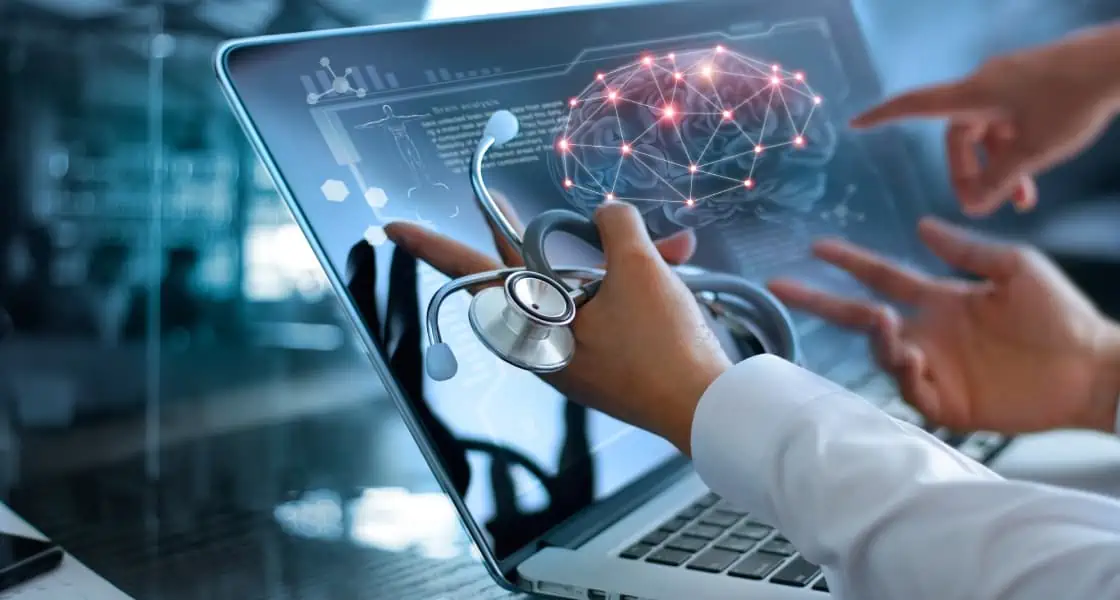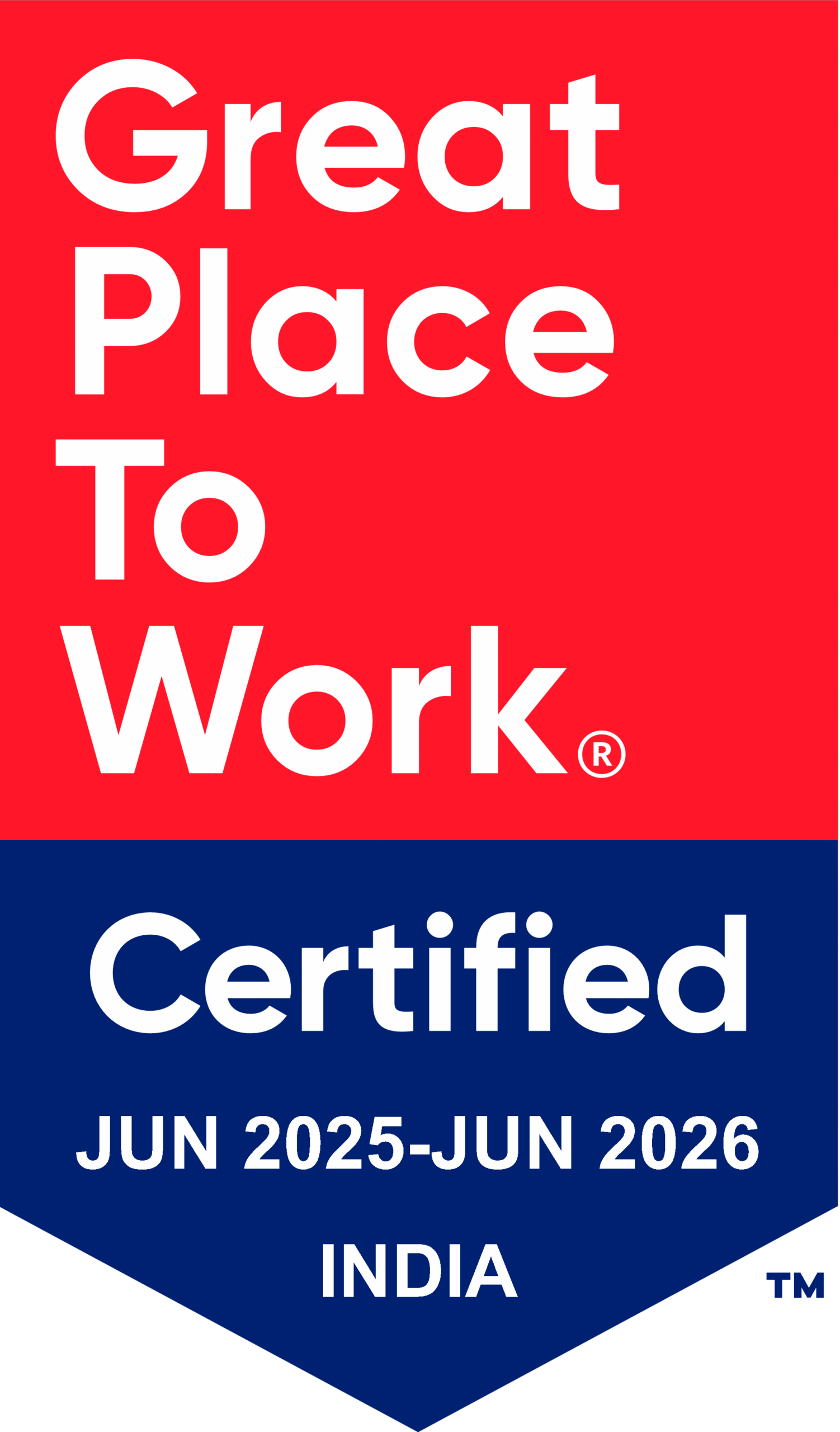
RCM & HMS Interoperability: Integrating Coding for Higher Revenue
The Healthcare Information and Management System Society defines interoperability as the parameters that describe the extent to which a data can be exchanged between system and devices and how the shared data is interpreted. Typically, systems are termed interoperable when they are able to exchange and present data in a manner that users can comprehend easily.
Healthcare Information and Management System
The primary goal of a Healthcare Information and Management System (HIMS) is to connect the various healthcare entities associated with the patient. Its ultimate aim is to dispense quality treatment and care to the patient promptly. This information will eventually be shared between the healthcare providers, hospitals, patients, pharmacies and laboratory professionals to deliver seamless healthcare services.
Aspects of Interoperability
Technical Interoperability involves basic standards of data exchange between the healthcare providers IT systems.
Structural Interoperability ensures clinical and operational data remains constant while being easy to understand and exchange.
Semantic Interoperability facilitates the interpretation of data and is used so it can be assimilated across different systems.
How Interoperability Impacts Healthcare RCM
The fact is every second wasted in finding compatible devices and systems to share and exchange data is counted as lost productivity and revenue.
In addition, the threat of cyber-attacks has also increased manifold. Interoperability with role-based access ensures only authorized personnel can share and exchange a patient’s information. It also helps in reducing the time that goes into communication between the provider, or the doctors and the patient. This way healthcare facility staff are able to devote more time into devising more effective treatment plans for the patient, delivering better patient care and treatment.
Sharing data anywhere and anytime, in a timely manner is a huge boon for healthcare providers. Made possible through interoperability, it saves time, effort and money. All these resources would otherwise be spent in performing unnecessary tests while waiting for the data to be shared.
Electronic Health Records
Controlled accessibility to the patient’s data in the EHR has increased the patient engagement. This leads to better results as patient involvement is necessary for enhancing the efficiency of the healthcare provider and its revenue cycle.
Enhancing patient safety and quality of care, with prompt delivery of patient’s clinical data to healthcare providers is another reason interoperability is essential. It ensures healthcare providers and doctors get data constantly and quickly, regardless of the source. It enables medical professionals to make a quick and well-informed decision about patient care and treatment delivery.
With interoperability, data can be easily stored, logged and accessed within a few clicks, increasing healthcare staff productivity immensely. The possibility of errors and illegibility decreases significantly, as data is entered at the very beginning of enrolment, diagnosis and treatment process. Outdated communication technology leads to a massive wastage of time which can be utilized in the treatment and care of patients.
Interoperability of clinical data has been able to deliver successful results in healthcare, despite it being a relatively new concept, layered with complexities. A secure, interoperable network can entirely transform the patient care process while enabling:
Optimize your Revenue Cycle by Integrating your HIMS & RCM
Hospitals employ e-HIM processes and tools to perform the multiple functions that make up an efficient revenue cycle. Multiple systems, departments and processes need to work together for a smooth workflow that reduces rework and promotes consistency. It is critical to ensure timely and appropriate reimbursement for patient services.
Revenue Cycle
By integrating clinical Electronic Health Record (EHR) system, a HIMS and an RCM solution helps streamline the medical coding. It helps healthcare providers to enhance their ability of reusing data leveraging the benefits of interoperability. With better integration between the scheduling and registration systems, data becomes available faster and eliminates the redundant steps of data entry.
Healthcare providers are developing automated physician query processes. These can be used by case management specialists, documentation specialists coding specialists to clarify documentation in health records. By integrating this process with the RCM, EHR and HIMS, physicians will be able to receive and respond to queries, which will boost timeliness and response rates.
The Benefits of Document Imaging
The tight integration and interoperability of the EHR, HIMS and RCM environments gives clinicians virtual access to the entire patient record, supporting completion of the record post discharge while enabling a timely coding. An interoperable system integrates scanned paper records and supports access by external auditors, speeding up the revenue cycle.
Document Imaging
Recent research shows the best performing healthcare providers reported higher use of document imaging. It supports virtual and remote coding for efficient and timely claim submission apart from work distribution and management.
Document imaging also speeds up the release of information requests process. Meanwhile eliminating the need for HIMS staff for retrieving paper records required for denials, appeals and reimbursement justification.
Ensuring Accurate Data Capture and Structure
Capturing accurate data at the point of origin is another key factor in an efficient revenue cycle. While a quality assurance process should be in place to validate data accuracy, preferably within 24 hours of the data being captured, interoperability eliminates the need for it. For instance, there is no need for a quality check at the patient registration stage as the information is shared across all the systems. Such interoperability ensures accuracy in the collection of patient demographics and insurance information.
Data Capture
Making systems interoperable and integrated enables automation to be used during the validation stage of charge capture itself. This way, there is less incidence of missed charges. The benefits of well written, structured documentation in healthcare are undeniable. The biggest benefit of integration and RCM, HIMS and EHR interoperability is that there is no need to assimilate and clean data or undertake the hassle of working with textual or non-standardized data.
Centralized Denial Management Database
A single repository to support case tracking and report generation enables a centralized denial management database. When undergoing a Recovery Audit Contractor review, a centralized denied claim database at the healthcare provider can improve its ability to manage the process from the initial request to final appeal. It can’t be understated how much this small change can optimize the revenue cycle. When all the information such as patient demographics, coding data, billing data, including charges and reimbursement are integrated with a denial management database it simplifies tedious and expensive, time-consuming data management and entry process.
Cost and Security among the Challenges
The biggest challenge of implementing an RCM process is the cost of systems integration. This becomes more difficult if you have to deploy complex middleware or data translation phases into your workflows. To add to that, most bespoke or proprietary systems are expensive and difficult to integrate. Cyber security is another important but much overlooked aspect of integration. It results in more widespread access to and use of patient data. Any integration must ensure appropriate security measures are in place to protect patient data at the highest level possible. Optimization is all about working in a collaborative way across departments and functions. With different systems such as the EHR, the HIMS and the RCM solution, there are bound to be differences and challenges. Understanding the different components and how they interact will help healthcare providers develop a collaborative approach towards leveraging interoperability and integration for an optimized revenue cycle. After all, working together towards a common goal provides a solid foundation for process effectiveness.
Automate your Revenue Integrity with Exdion Health
Healthcare practices need to harness the power of AI to automate the complete revenue integrity process to ensure revenue growth. The Exdion Health platform is an all-in-one solution which offers multiple modules including an auto-coding module for high coding accuracy, a revenue Integrity module that leverages code relationship algorithms (ICD/CPT) and a CAPD module that drives CDI by recognizing E&M levels, medical decision making and missing documentation. Benefit from seamless integration between your EHR & HIMS and Exdion Health. Get in touch with us to transform your healthcare practice and boost revenue.


